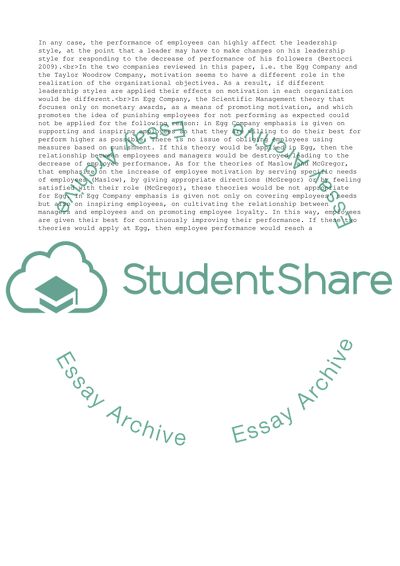Cite this document
(Organisations and behaviour Essay Example | Topics and Well Written Essays - 2250 words - 1, n.d.)
Organisations and behaviour Essay Example | Topics and Well Written Essays - 2250 words - 1. https://studentshare.org/business/1806286-organisations-and-behaviour
Organisations and behaviour Essay Example | Topics and Well Written Essays - 2250 words - 1. https://studentshare.org/business/1806286-organisations-and-behaviour
(Organisations and Behaviour Essay Example | Topics and Well Written Essays - 2250 Words - 1)
Organisations and Behaviour Essay Example | Topics and Well Written Essays - 2250 Words - 1. https://studentshare.org/business/1806286-organisations-and-behaviour.
Organisations and Behaviour Essay Example | Topics and Well Written Essays - 2250 Words - 1. https://studentshare.org/business/1806286-organisations-and-behaviour.
“Organisations and Behaviour Essay Example | Topics and Well Written Essays - 2250 Words - 1”. https://studentshare.org/business/1806286-organisations-and-behaviour.


